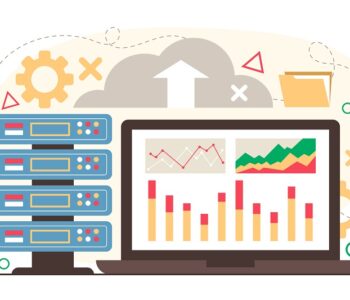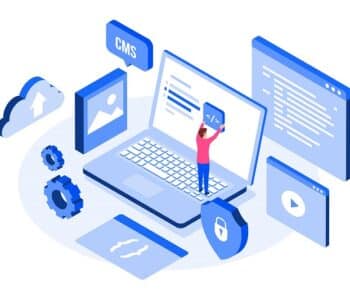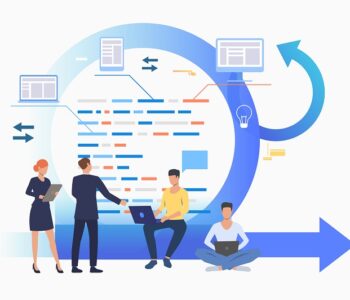 Healthcare
Healthcare Unleashing the Power of Now: Overcoming the Top 10…
In the fast-paced world of healthcare, the ability to access real-time data is not just a luxury – it’s a necessity for informed decision-making and enhanced patient care. Yet, numerous frustrations often hinder healthcare professionals from accessing critical information when they need it the most. In this blog post, we’ll explore the top 10 reasons for frustrations around limited real-time data access and delve into how innovative software tools can pave the way for a more responsive and efficient healthcare system.
1. Delayed Decision-Making Processes
Frustration Level: 9/10
Delays in accessing real-time data lead to sluggish decision-making processes, impacting patient care and outcomes.
Solution: Implement real-time analytics and reporting tools that provide healthcare professionals with immediate access to critical data, enabling swift and informed decision-making.
2. Increased Risk of Medical Errors
Frustration Level: 8/10
Limited real-time data access heightens the risk of medical errors due to outdated or incomplete information.
Solution: Develop systems that integrate real-time patient data into Electronic Health Records (EHRs), ensuring that healthcare providers have the most up-to-date information during patient care interactions.
3. Inefficient Resource Allocation
Frustration Level: 8/10
Without real-time insights, healthcare organizations struggle to allocate resources efficiently, leading to operational inefficiencies.
Solution: Introduce healthcare analytics tools that provide real-time visibility into resource utilization, allowing organizations to optimize staffing levels and streamline operations.
4. Lack of Timely Patient Interventions
Frustration Level: 9/10
Limited real-time data access hinders the ability to intervene promptly in critical patient situations, potentially compromising patient outcomes.
Solution: Implement monitoring systems and alert mechanisms that utilize real-time data to detect and notify healthcare providers of abnormal conditions, enabling timely interventions.
5. Compliance Challenges
Frustration Level: 7/10
Meeting regulatory compliance becomes a challenge when real-time data is not readily available for reporting and auditing.
Solution: Develop compliance management software that leverages real-time data, automating compliance tracking and reporting processes for streamlined adherence to regulations.
6. Ineffective Patient Care Coordination
Frustration Level: 8/10
Limited access to real-time data hampers care coordination efforts, leading to fragmented and suboptimal patient care.
Solution: Introduce care coordination platforms that centralize real-time patient data, facilitating seamless communication and collaboration among healthcare professionals involved in a patient’s care.
7. Bottlenecks in Emergency Situations
Frustration Level: 9/10
In emergency scenarios, delayed access to real-time data can create bottlenecks, impeding the ability to provide swift and effective care.
Solution: Implement emergency response systems that leverage real-time data to prioritize and expedite critical interventions in emergency situations.
8. Inaccurate Predictive Analytics
Frustration Level: 8/10
Without real-time data, predictive analytics models may provide inaccurate insights, impacting the effectiveness of proactive healthcare planning.
Solution: Utilize predictive analytics tools that integrate real-time data streams for more accurate and timely predictions, supporting proactive healthcare strategies.
9. Limited Visibility into Patient Trends
Frustration Level: 7/10
The absence of real-time data access restricts healthcare professionals from gaining timely insights into patient trends and population health.
Solution: Implement population health management tools that leverage real-time data analytics to identify trends, enabling proactive interventions and preventive measures.
10. Hindered Adoption of Telehealth Services
Frustration Level: 8/10
Limited real-time data access poses challenges in the effective adoption and optimization of telehealth services for remote patient care.
Solution: Develop telehealth platforms that integrate seamlessly with real-time data systems, ensuring a comprehensive view of patient health during virtual consultations.
In conclusion, the journey toward a more responsive and efficient healthcare system begins with overcoming the frustrations associated with limited real-time data access. By leveraging innovative software tools, we can unlock the true potential of real-time data, ushering in an era of proactive and patient-centric care.
#Blugate #HealthcareAnalytics #RealTimeData #HealthTech #PatientCare #SoftwareSolutions























